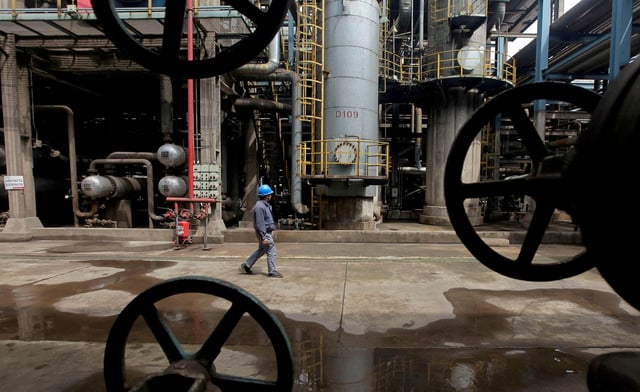Overview
- OPEC+ announced its first production increase since 2022, starting with 138,000 barrels per day in April, with plans for gradual monthly hikes.
- U.S. tariffs of 25% on imports from Canada and Mexico, and increased duties on Chinese goods, have raised concerns about economic growth and energy demand.
- Oil prices hit multi-month lows, with Brent crude dipping below $70 per barrel and U.S. West Texas Intermediate (WTI) trading near $67 per barrel.
- Analysts predict U.S. retail gasoline prices could rise by $0.20 to $0.40 per gallon in regions heavily reliant on Canadian and Mexican imports, such as the Northeast.
- The combination of increased oil supply and trade tensions has led to bearish sentiment in the market, with potential downside risks to global oil price forecasts.



